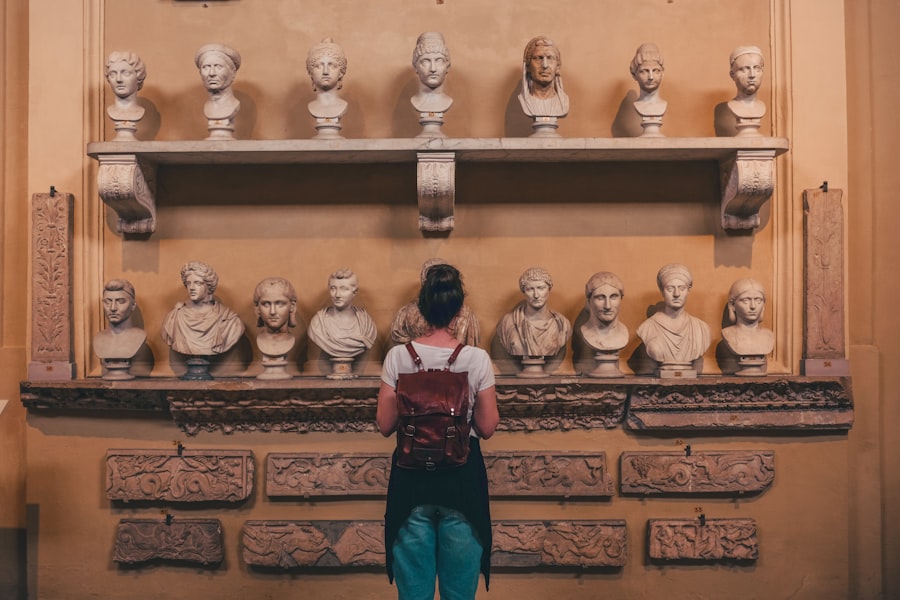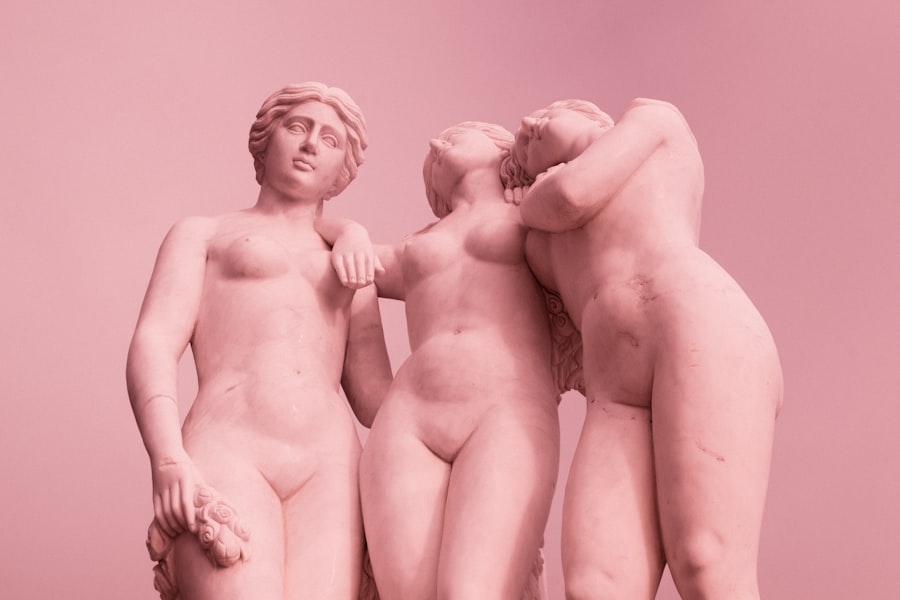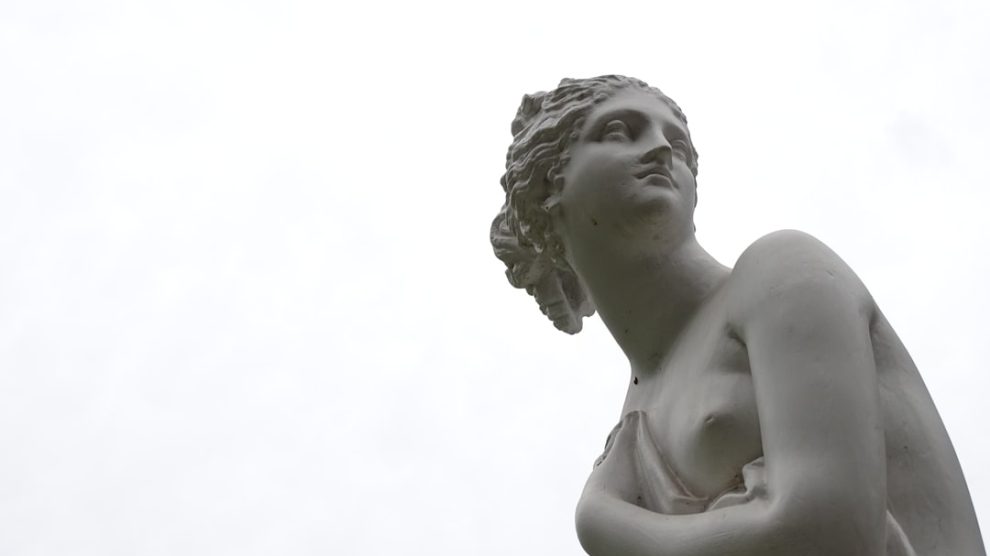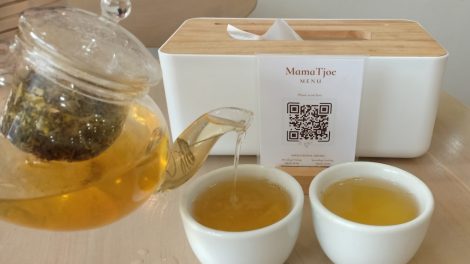As I delve into the depths of Stoic philosophy, I find a profound understanding of physical pain and illness that resonates deeply with my own experiences. Stoicism teaches that pain is an inevitable part of life, a universal truth that every human being must confront. The Stoics, such as Epictetus and Seneca, emphasized that while we cannot control external events, we can control our responses to them.
This perspective shifts the focus from the pain itself to my reaction to it. I realize that pain is not merely a physical sensation; it is also a mental and emotional experience that I can choose to interpret in various ways. Moreover, the Stoics believed that suffering can serve as a catalyst for personal growth.
They viewed challenges, including illness and pain, as opportunities to cultivate virtue and resilience. This understanding encourages me to reframe my experiences with physical discomfort. Instead of seeing pain as a burden, I can view it as a teacher, guiding me toward greater self-awareness and strength.
By embracing this philosophy, I begin to appreciate the lessons embedded within my struggles, recognizing that they can lead to a deeper understanding of myself and the world around me.
Key Takeaways
- Stoic philosophy teaches that physical pain and illness are natural parts of life and should be accepted as such.
- Embracing the reality of physical pain and illness allows individuals to approach them with a sense of calm and rationality.
- Cultivating resilience and strength in the face of physical pain and illness involves developing a mindset of endurance and fortitude.
- A stoic mindset to manage physical pain and illness involves focusing on what is within one’s control and accepting what is not.
- Stoic practices can help individuals find meaning and purpose in physical pain and illness, leading to a sense of inner peace and fulfillment.
Accepting and Embracing the Reality of Physical Pain and Illness
Acceptance is a cornerstone of Stoic thought, and I find this principle particularly relevant when grappling with physical pain and illness. Rather than resisting or denying my discomfort, I am learning to embrace it as an integral part of my existence. This acceptance does not mean that I must enjoy or welcome pain; rather, it signifies a recognition of its presence in my life.
By acknowledging the reality of my situation, I can begin to navigate it with greater clarity and purpose. In my journey toward acceptance, I often remind myself of the Stoic practice of distinguishing between what is within my control and what is not. While I may not have the power to eliminate pain or illness entirely, I do have the ability to choose how I respond to these challenges.
This realization empowers me to let go of futile resistance and instead focus on cultivating a mindset that allows me to coexist with my discomfort. By embracing the reality of my situation, I create space for healing and growth, transforming my relationship with pain into one of acceptance rather than aversion.
Cultivating Resilience and Strength in the Face of Physical Pain and Illness

Resilience is a quality that I aspire to embody, especially when faced with physical pain and illness. The Stoics teach that adversity can forge strength, and I am beginning to understand how this process unfolds in my own life. Each encounter with discomfort presents an opportunity for me to build resilience, pushing me beyond my perceived limits.
As I confront challenges head-on, I discover inner resources that I may not have known existed. In cultivating resilience, I also recognize the importance of perspective. The Stoics encourage me to view obstacles as temporary and surmountable rather than insurmountable barriers.
This shift in mindset allows me to approach my pain with a sense of determination rather than defeat. By reframing my experiences, I can draw strength from the knowledge that I have faced difficulties before and emerged stronger on the other side. This understanding fosters a sense of hope within me, reminding me that even in moments of suffering, there lies the potential for growth and transformation.
Developing a Stoic Mindset to Manage Physical Pain and Illness
Developing a Stoic mindset is an ongoing journey that requires conscious effort and practice. As I navigate the complexities of physical pain and illness, I find solace in the teachings of Stoic philosophers who emphasize the importance of rational thought and emotional regulation. By training my mind to focus on what truly matters—my thoughts, actions, and responses—I can cultivate a sense of inner peace amidst external turmoil.
One key aspect of this mindset is the practice of mindfulness. By staying present in the moment, I can observe my thoughts and feelings without becoming overwhelmed by them. This awareness allows me to detach from negative emotions associated with pain and illness, creating space for more constructive responses.
Through mindfulness, I learn to acknowledge my discomfort without allowing it to define me. This practice empowers me to take control of my narrative, transforming my experience from one of victimhood to one of agency.
Using Stoic Practices to Find Meaning and Purpose in Physical Pain and Illness
Finding meaning in physical pain and illness is a transformative aspect of Stoic philosophy that resonates deeply with me. The Stoics believed that every experience, even suffering, can contribute to a greater purpose in life. As I reflect on my own challenges, I begin to see how they have shaped my character and values.
Each moment of discomfort has prompted me to reevaluate what truly matters, leading me toward a more authentic existence. Engaging in Stoic practices such as journaling has been instrumental in uncovering this meaning. By writing about my experiences with pain and illness, I can articulate my thoughts and feelings more clearly.
This process not only provides an outlet for emotional expression but also allows me to identify patterns and insights that emerge from my struggles. Through reflection, I discover how my challenges have fostered empathy, compassion, and resilience—qualities that enrich my life and deepen my connections with others.
Applying Stoic Principles to Maintain Emotional Equanimity During Physical Pain and Illness

The Stoic Approach to Emotional Balance
The Stoics teach that maintaining a balanced emotional state is essential for navigating life’s challenges with grace. By applying Stoic principles such as detachment and rationality, I can cultivate a sense of calm amidst the storm of discomfort.
Preparing for the Unexpected
One effective strategy I’ve adopted is the practice of negative visualization—a technique where I contemplate potential hardships before they occur. By mentally preparing for the possibility of pain or illness, I can reduce the shock and emotional turmoil when faced with these realities.
A Proactive Approach to Discomfort
This proactive approach allows me to approach discomfort with a sense of acceptance rather than fear. As a result, I find myself better equipped to maintain emotional equanimity even in the face of adversity.
Seeking Support and Connection in Stoic Communities for Physical Pain and Illness
While Stoicism emphasizes individual resilience, it also recognizes the importance of community support during challenging times. In my journey through physical pain and illness, I have discovered the value of connecting with others who share similar experiences. Engaging with Stoic communities—whether online or in person—provides me with a sense of belonging and understanding that is invaluable.
Within these communities, I find encouragement and inspiration from individuals who have faced their own battles with pain and illness. Sharing stories and insights fosters a sense of camaraderie that reminds me that I am not alone in my struggles. The collective wisdom within these groups reinforces the Stoic belief that we can learn from one another’s experiences, drawing strength from shared resilience.
This connection not only alleviates feelings of isolation but also enriches my understanding of how others navigate their own challenges.
Integrating Stoic Wisdom into the Management and Coping with Physical Pain and Illness
Integrating Stoic wisdom into my daily life has become an essential part of managing physical pain and illness effectively. The teachings of Stoicism offer practical tools that empower me to cope with discomfort while maintaining a sense of purpose and clarity. By consciously applying these principles, I can transform my relationship with pain into one characterized by acceptance and growth.
One powerful practice I’ve adopted is daily reflection on Stoic teachings. By dedicating time each day to contemplate key concepts—such as the dichotomy of control or the impermanence of life—I reinforce my commitment to living in alignment with Stoic values. This intentional reflection serves as a reminder that while pain may be an unavoidable aspect of existence, how I choose to respond is entirely within my control.
Through this integration of Stoic wisdom into my life, I cultivate resilience, emotional equanimity, and a deeper appreciation for the lessons embedded within my experiences with physical pain and illness. In conclusion, embracing Stoic philosophy has profoundly influenced my approach to physical pain and illness. By understanding its principles, accepting reality, cultivating resilience, developing a mindful mindset, finding meaning in suffering, maintaining emotional equanimity, seeking community support, and integrating wisdom into daily life, I am learning to navigate life’s challenges with grace and strength.
Through this journey, I am discovering not only how to cope with discomfort but also how to thrive amidst it—transforming pain into an opportunity for growth and self-discovery.









Add Comment